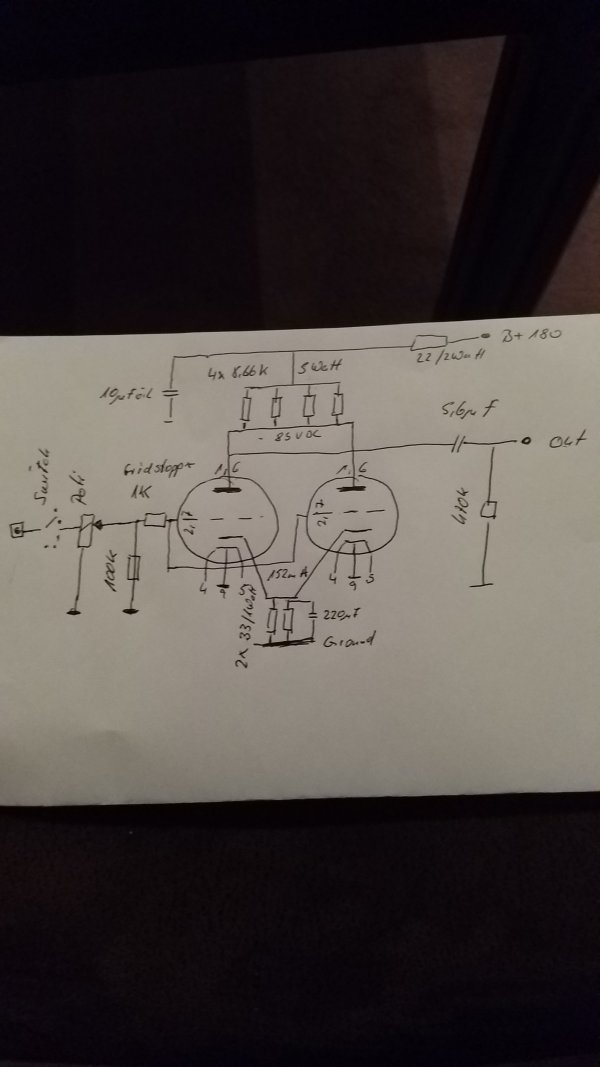One more guy that confirms what I've been telling for more than 10 years. At least, it seems that there are quite a few here in this forum that prefer to write the truth, instead of hiding around, having the preoccupied idea that they will be accused of blaming manufacturers, challenging egos, etc. This is not our intention of course. There comes the time that truth should shine. There exists no preoccupation, inflated ego or selfishness here, just a few open & true words that reflect more than a decade of experience. You can still go and purchase Avant Gardes, Acapellas, Magicos, Wilsons, Focals, whatever you like, but it would be good to know from the very beginning that this is another world that is not at all related to things mentioned in earlier posts. I have listened to many systems around, equipped with loudspeakers like the above ones but I would personally never think of going to purchase any of the ones mentioned above, for the reasons expressed in my previous comment.
It is not a coincidence of course that all the experienced guys that I have met, sooner or later, migrate to Altec/JBL/Klangfilm/Western Electric DIY loudspeakers. It is not a matter of 'if' but only a matter of 'when'. You can't go wrong with any of the above ones, although they possess slightly different virtues and have some drawbacks that IMHO are minimal. What they do is opening a window with unique transparency and faithfulness to the source. The Tesla speakers that were mentioned above are really top performers and of course it's not a coincidence that they sell for big bucks.
Yes, if you can, go this way, as it really makes a difference!
And of course time alignment is really crucial. On your FL horns, pay attention to the TS parameters of the drivers, as not all of them are designed to perform their best under any conditions. Others are designed for OB, others for closed boxes and others for vented boxes. If you need some assistance, do not hesitate to ask.









